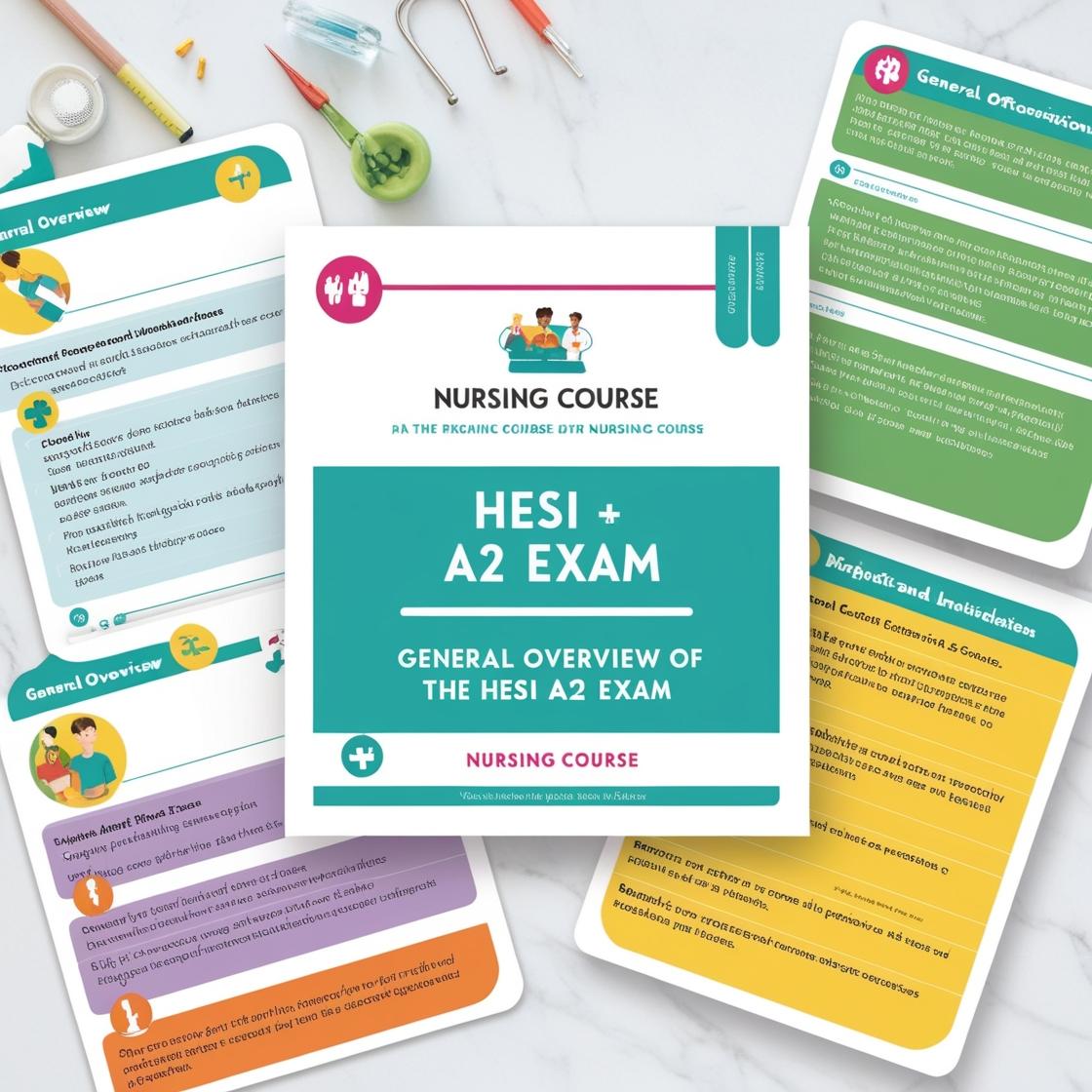HESI A2
HESI A2 Practice Vocabulary
1. What does 'lethargic' mean?
- A. Active
- B. Difficult to arouse
- C. Energized
- D. Wide awake
Correct answer: B
Rationale: Lethargic refers to a state of sluggishness or drowsiness, making it difficult for a person to become alert or aroused. This term is the opposite of being active, energized, or wide awake. Choice A is incorrect as 'lethargic' is the opposite of 'active.' Choice C is incorrect as 'lethargic' implies a lack of energy. Choice D is incorrect as 'lethargic' signifies drowsiness, the opposite of being 'wide awake.' The correct answer is B.
2. Of the many people whom she interviewed, she chose the one with the most _____.
- A. experience
- B. skills
- C. qualities
- D. knowledge
Correct answer: A
Rationale: In this context, 'experience' is the most appropriate term because it refers to the practical knowledge and exposure someone has gained over time. When selecting a candidate from interviews, experience is often a crucial factor as it demonstrates the individual's capability to perform tasks effectively based on past scenarios encountered. 'Skills' (choice B) are specific abilities that can be learned or developed, 'qualities' (choice C) refer to personal characteristics, and 'knowledge' (choice D) is theoretical understanding, none of which directly reflect practical exposure gained over time.
3. What is the meaning of 'Exemplary'?
- A. Disappointing
- B. Praiseworthy
- C. Ordinary
- D. Unacceptable
Correct answer: B
Rationale: The correct answer is B: 'Praiseworthy.' Exemplary is used to describe something that is commendable, outstanding, or worthy of praise. Therefore, the meaning of 'Exemplary' is praiseworthy, not disappointing, ordinary, or unacceptable. Choice A is incorrect because 'Disappointing' is the opposite of 'Exemplary.' Choice C is incorrect as 'Ordinary' does not reflect the exceptional nature of 'Exemplary.' Choice D is incorrect as 'Unacceptable' is the opposite meaning of 'Exemplary.'
4. The hospital accepts a certain quota of INDIGENT patients. What does indigent mean?
- A. Wealthy
- B. Impoverished
- C. Educated
- D. Healthy
Correct answer: B
Rationale: Indigent means impoverished or in need of financial assistance. In the context of the question, the hospital is willing to treat patients who are unable to afford medical care, indicating that indigent refers to those who are impoverished or lacking financial resources. Choice A, 'Wealthy,' is incorrect as indigent is the opposite of wealthy. Choice C, 'Educated,' is incorrect as being indigent is related to financial status, not education. Choice D, 'Healthy,' is incorrect as indigent does not refer to one's health status but rather their financial situation.
5. What does respite mean?
- A. Rest
- B. Relief
- C. Pain
- D. Burden
Correct answer: B
Rationale: Respite means a period of rest or relief. It refers to a temporary break or relief from something challenging or stressful. It is a time to relax and recharge, providing a sense of ease or comfort rather than pain or burden. 'Rest' (choice A) is related to respite but does not capture the aspect of temporary relief. 'Pain' (choice C) and 'Burden' (choice D) are opposite in meaning to respite, as they signify discomfort and heaviness, respectively, which are not synonymous with the concept of respite.
Similar Questions

Access More Features
HESI A2 Basic
$99/ 30 days
- 3,000 Questions with answers
- 30 days access @ $99
HESI A2 Premium
$149.99/ 90 days
- Actual HESI A 2 Questions
- 3,000 questions with answers
- 90 days access @ $149.99
